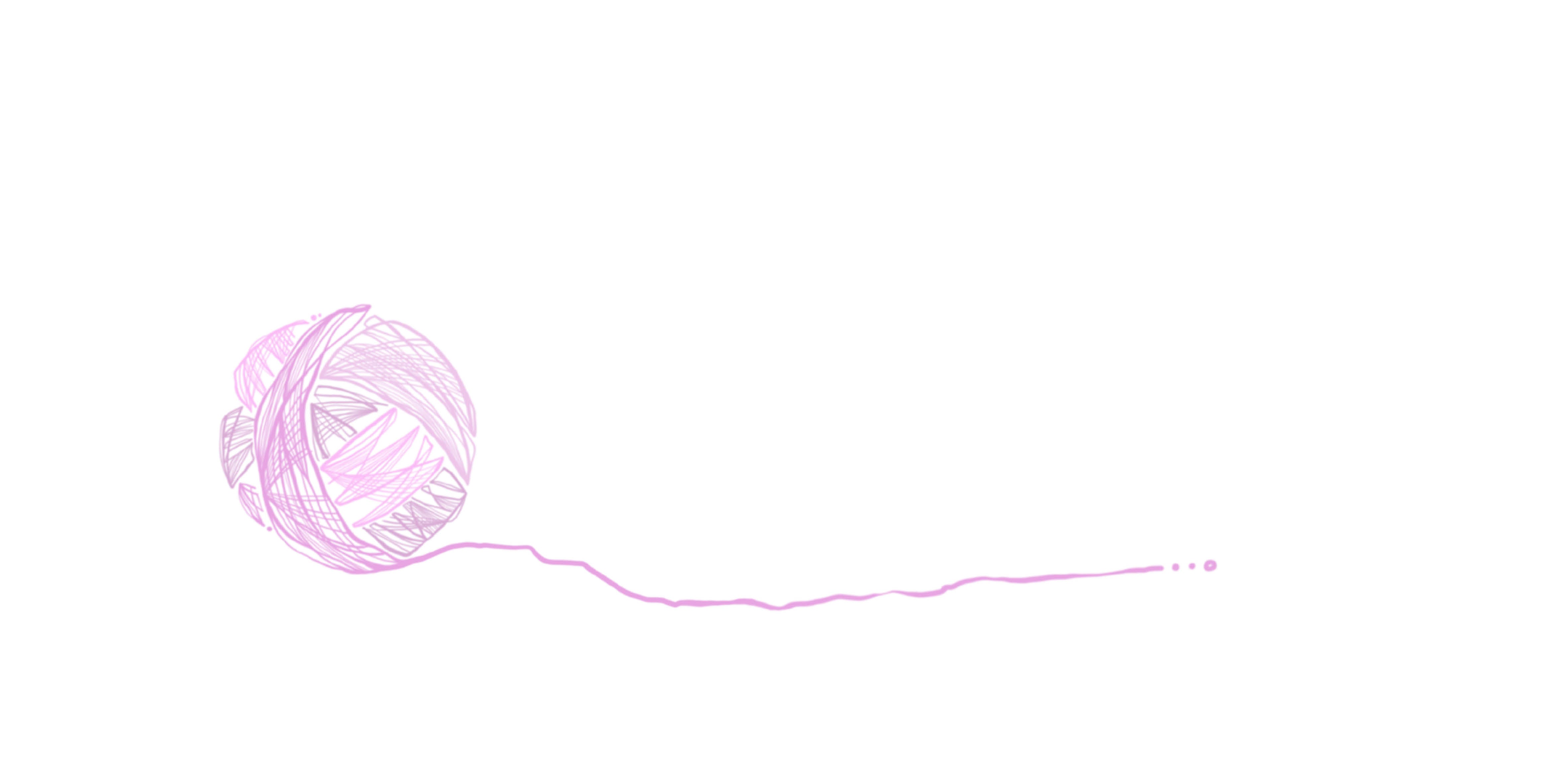Wool is really a fine material. It is cuddly, breathable, it cools in summer and warms in winter, self-cleaning, odorless and a natural product. As a natural material, wool usually has a green image.
It's actually a good thing, isn't it?
What kind of wool is there :
Cashmere and mohair comes from goats.
Angora wool from rabbits.
Alpaca Wool from alpaca and most wool as we probably know it from sheep, including merino wool.
Most of the wool comes from Australia, as does the cozy merino wool.
The merino sheep is specially bred to have an extremely wrinkled skin in order to be able to produce as much wool as possible. The problem is that the creases on the buttocks trap moisture, urine and feces, which in turn attracts flies to lay their eggs in them. The fly maggots that hatch eat their way into the skin and cause severe inflammation that is usually fatal for the sheep. But humans aren't that "stupid".
Accidentally discovered mulesing was the solution.
In this procedure, the animals are first placed roughly on their backs. Next, a hand-sized piece of skin/flesh is removed from their buttocks. The reason for this is that a wrinkle-free and smooth skin surface is then formed there, which is intended to prevent fly maggot infestation.
Oh yes, mostly, in 70% of the cases, this procedure is carried out without anesthetic or painkillers.
By the way, mulsing was accidentally discovered while shearing because the farmer accidentally slipped and removed a piece of skin from the sheep. In Australia, people who shear sheep are often paid piecework. So it's also about speed, which means that the risk of injury is high.
If you want to avoid mulsing, it would be necessary to shear the sheep more often or spray pesticides. Flies are already developing resistance to it. All this is work and costs money. There is also talk of breeding back the wrinkles, which humans created in the first place and thus created the problem.
90% of Merino wool comes from Australia and only 10% of that is mulsing-free. New Zealand and South Africa have now banned mulsing and this is also not permitted in Germany.
Some farmers dip their sheep in a pesticide bath as a preventive measure to prevent further parasites from becoming infested. These put a strain on sheep, water, the environment and ultimately humans. Pesticide baths are common in Australia, China, New Zealand, South America, the UK, Turkey and the US, all major wool "producing" countries. Incidentally, severe parasite infestations only occur in factory farming.
German wool does not play a major role in the textile industry as it is often of poor quality. It is more commonly used in carpets and insulation. In Germany, lambs are primarily bred for fur and meat.
But what about the rest? Shearing, tail trimming or castration without anesthetic are also painful for the animals.
The energetic and sociable Angora rabbits are usually kept individually in small cages, without bedding and on wire floors. Keeping them alone is intended to prevent the animals from eating each other's precious fur.
When the animals' wool production decreases after about 6 years, be it alpacas, sheep or goats, they are slaughtered (life expectancy 20-25 years). This often does not happen at home because it costs too much money. Grade Australia is export champion in sheep. Almost 75,000 sheep are herded onto a ship to be shipped to Africa or Middle Eastern countries for slaughter. Maximum profit.
We don't mind most of the wool. It comes from factory farming and the environment is also a problem here. Keyword methane, high water consumption and large amounts of land that are made unusable.
Incidentally, alpaca wool comes off worst in the life cycle assessment of all materials.
You can now blame the farmers and the textile industry a lot, but ultimately also us as consumers. Because, as is so often the case, in the end in a capitalist world demand decides supply. Or the offer is better than our moral conscience. It is a "business" which is worth around 2.3 billion euros in Australia. And as long as money is made from it, it will continue.
There are of course many small and large eco labels that offer organic and mulsing-free clothes and accessories such as hats etc. and where the animals are kept "properly". But who check the checker? In the end, most labels and people rely on statements or certificates from producers and farmers.
We as keuzueber have decided against having products made from any wool and risking animal welfare. Even if it's mulsing free and organic. We try, with the best of conscience, to move in this opaque industry. We do not want to be responsible for human or animal suffering. That's why we pay attention to fair traders and natural or recycled materials that are vegan. There are alternatives that are good, so why should we risk unnecessary suffering?
Of course, everyone has to make up their own mind. This topic is endlessly long and very complex. I hope I was able to give a little summarized insight, even if I have to tell you that the wool you use most certainly does not come from a happy sheep on any alpine pasture.
Love jojo from kreuzueber



